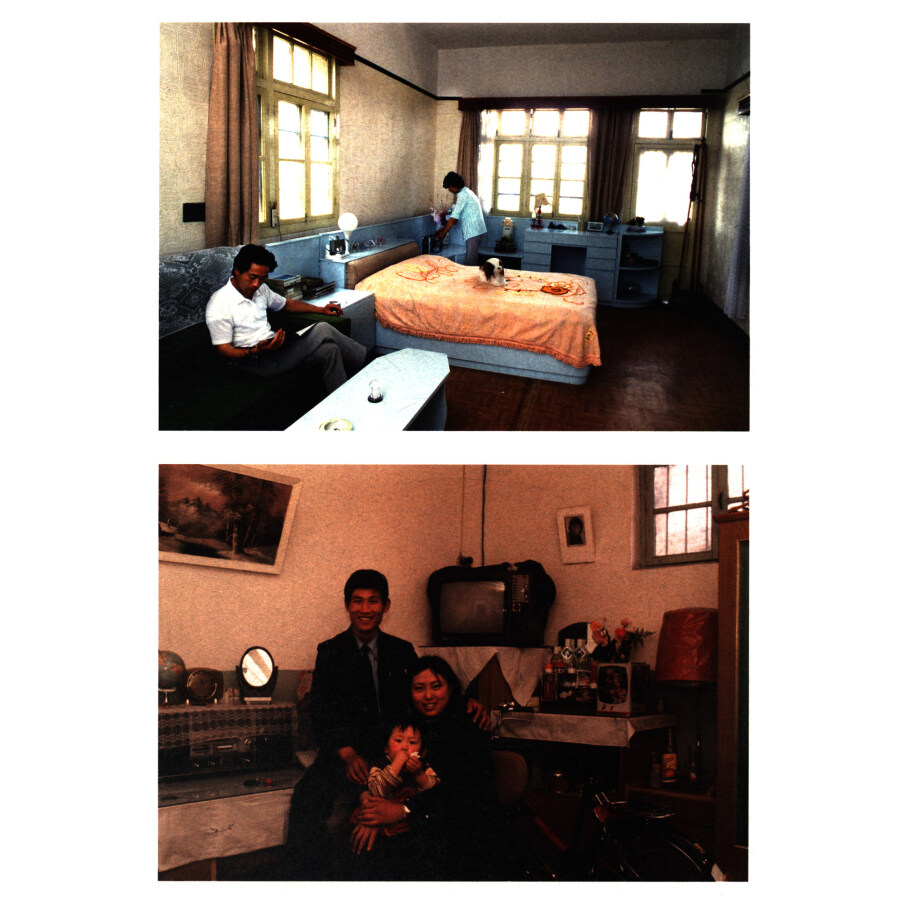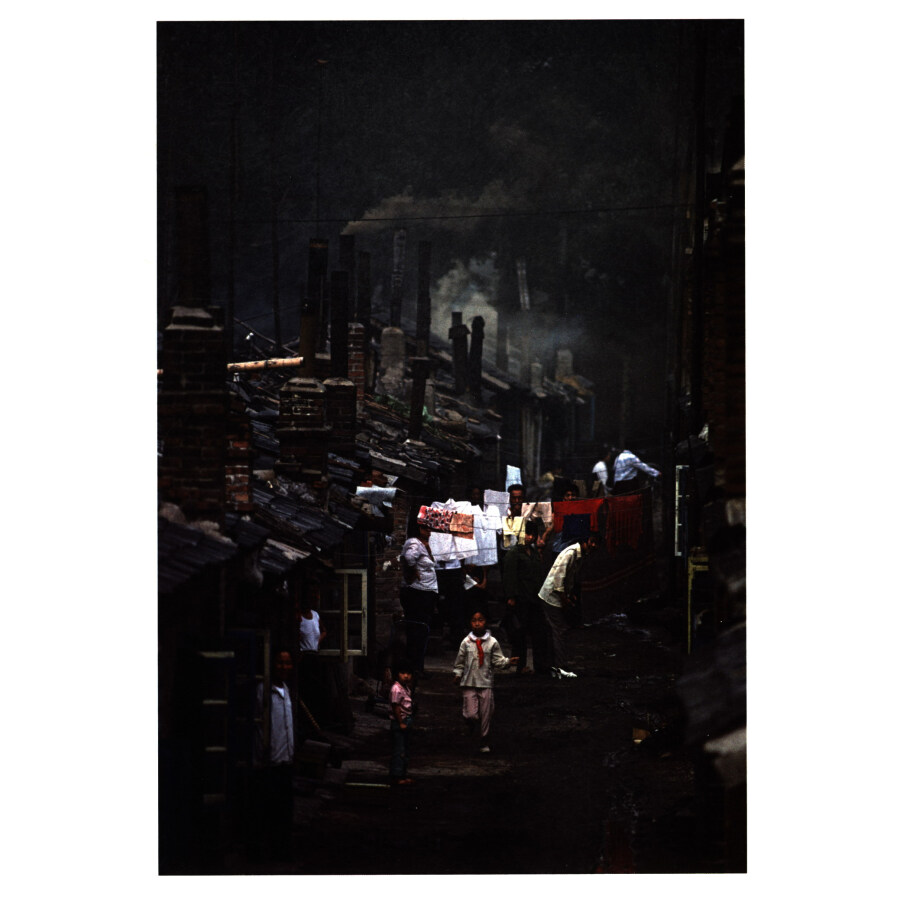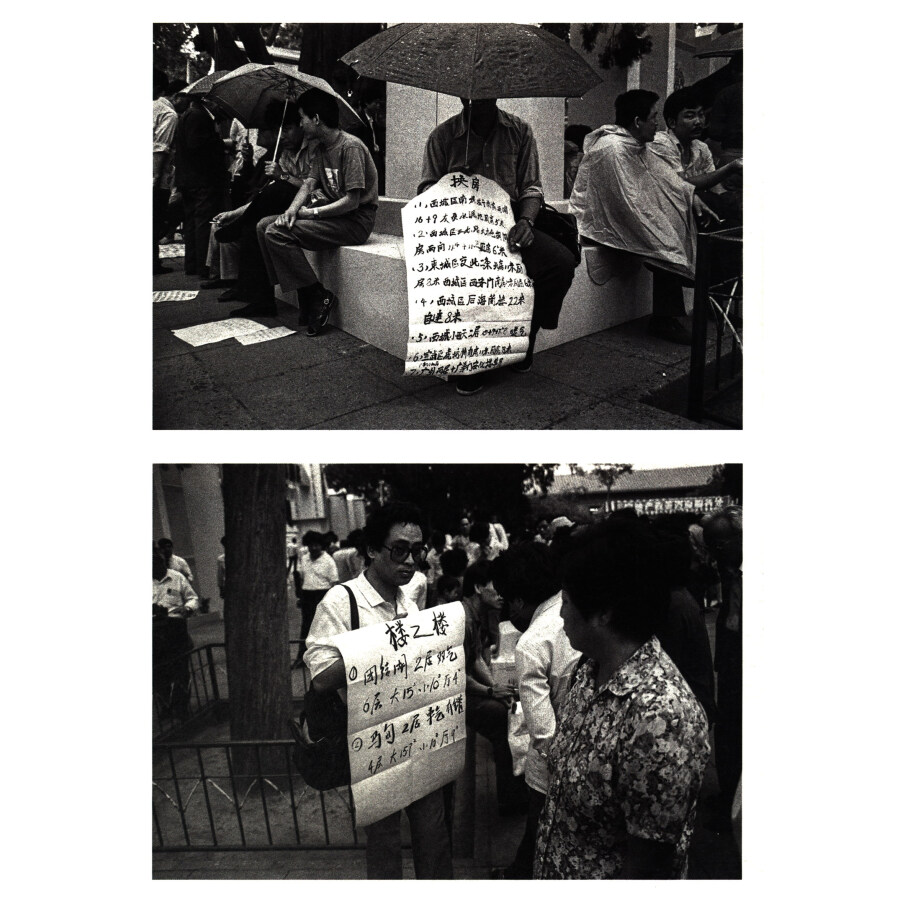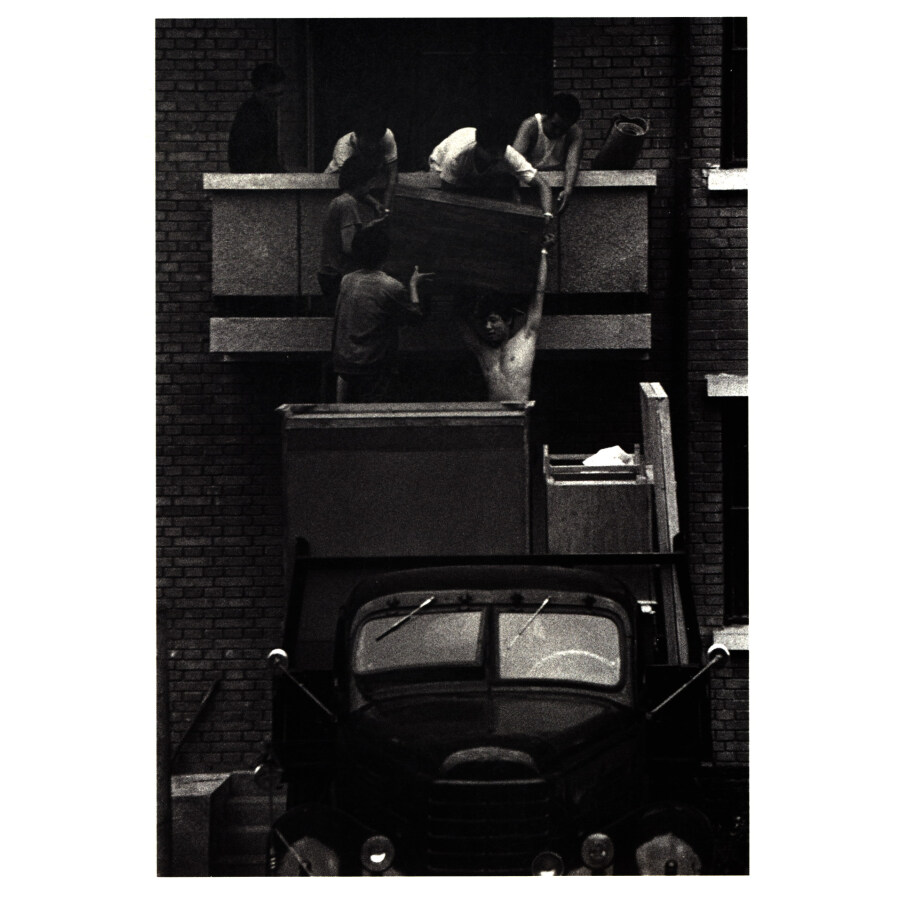Details
40 years ago, we aspired for the beautiful life of “living in buildings, using electric lamps and telephone” and eating “beef stewed with potatoes” in daily life; 40 years later, people living in material abundance rack their brains to find the ways to keep their spiritual world from loneliness. China’s society and economy have seen a geometric growth in the 40 years. The photographers undertake the responsibility of recording the times, keep a video diary with their camera and give a panoramic sketch of the times. It is the poetic thought and magic power of time. The book carefully selects more than 300 works of Chinese and foreign photographers that objectively show from multiple dimensions the changes of the Chinese in basic necessities of life, consumption, money management and social connections from 1978 to 2018―It’s impossible for us to retrieve the lost time but we can open the photo album and recall the happiness and hardships through the whole journey recorded in photos.
Editor's Recommendation
Sample of time: Visual annotation of “Where time has gone?”
Display the earth-shaking changes of life and the vicissitudes of cities and countryside in 40 years from the perspective of ordinary people
Seek the trace of life and the memory for the predecessors in photos
156 Chinese photographers and 34 foreign photographers from foreign media such as National Geographic, LIFE, TIME, GETTY, Reuters, Agence France Presse, Corbis, Sygma and News Week jointly record China’s earth-shaking changes in 40 years.
Sample Pages Preview
Sample of time: Visual annotation of “Where time has gone?”
Display the earth-shaking changes of life and the vicissitudes of cities and countryside in 40 years from the perspective of ordinary people
Seek the trace of life and the memory for the predecessors in photos
156 Chinese photographers and 34 foreign photographers from foreign media such as National Geographic, LIFE, TIME, GETTY, Reuters, Agence France Presse, Corbis, Sygma and News Week jointly record China’s earth-shaking changes in 40 years.
Foreword 1
Talking Photographs
A photo may look like a negligible piece of paper. You don’t need to be a rocket scientist to take photos, but exactly because how easy it is, good ones can be quite rare. If a photo is all about lies, big talks and empty talks, it would be just as valueless as a piece of paper.
Despite social turmoil and chaos during the “Cultural Revolution” (1966-1976), I focused my lens only on places of historic interest and scenic beauty. All photos I took back then were about myself, full of an “I’ve-been-here” narcissism. Today, these places remain the same, but Chinese society has witnessed tremendous changes. Forty years ago, I eventually learned to take photos of others rather than myself and pointed my camera at the evolution of society.
In the early days of China’s reform and opening-up, the country seemed too calm for one to notice anything, but a wave of mind emancipation was afoot like underground lava ready to erupt. Public campaigns which were commonplace during the “Cultural Revolution” faded away, while scenes of everyday life became popular subjects of photography. To capture the transient moments of the times, photographers must stop turning a blind eye to what was happening around them. It requires courage to shoot dignitaries, and particularly, a broad mind to shoot ordinary people. Many a little makes a mickle. Gradually, I stood out from other photographers and formed my distinctive style. My photographic works don’t have me in them anymore, but I can always see myself through them. Sometimes, photos talk more and better than men.
Techniques are tools of photography. Art is the goal of photography. But life is the soul of photography. Every unforgettable moment throughout one’s life—birth, celebrations for the first month or 100th day of a new-born, the first day at school, the first day at work, falling in love, getting married, among others—is vividly recorded in photos as a witness to the reincarnation and continuity of life, forming cells flowing in the blood vessels that are our society, which is exactly why we all “live” in photos.
A photo is a visual element. Determinism and relativism together lay the foundation for the instant language of photography. I have been committed to photography for half a century now, but still I feel delightful when I snap an ideal picture at one take. You’ll miss a good picture if you press the shutter a little bit earlier or later because there is only a fine line between a good picture and a bad one. This is a self-challenging process, as well as the charm of photography. When a photographer doesn’t have a camera in hands, he or she can read, write or draw—everything is related to photography and can be recorded in photos. This is what motivates photographers to press the shutter and take photos. Our photos can tell the world what has happened in China over the past four decades.
A photo is like a fragment of history born to mirror the change of times. Old photos are time-honored, serving to record the events of history. The photos we take today, with the passing of time, will become genuine old photos. A photo speaks louder than words. This collection of photos is like the painting “Along the River During the Qingming Festival” by renowned painter Zhang Zeduan. composed of thousands of words describing the life of the country, the families, and the people over a century. n
I was deeply moved by the vibrant life in the photos; each eye and figure activated my sleeping memory, and every detail is worth savoring. I hold great respect for the photographers for capturing fleeting moments full of vitality: so many births, so much growth, so much resurgence, and so many changes. I’m proud to be one of them! We shared the same breath when we snapped and these photos were the wise spiritual pivot in historical time and space. Supposing Sima Qian had got a camera long ago, he would have left us with an illustrated Records of the Grand Historian. Now we make choice of words and building of sentences and are well-reasoned to write the history of the four decades of China’s reform and opening-up through images.







